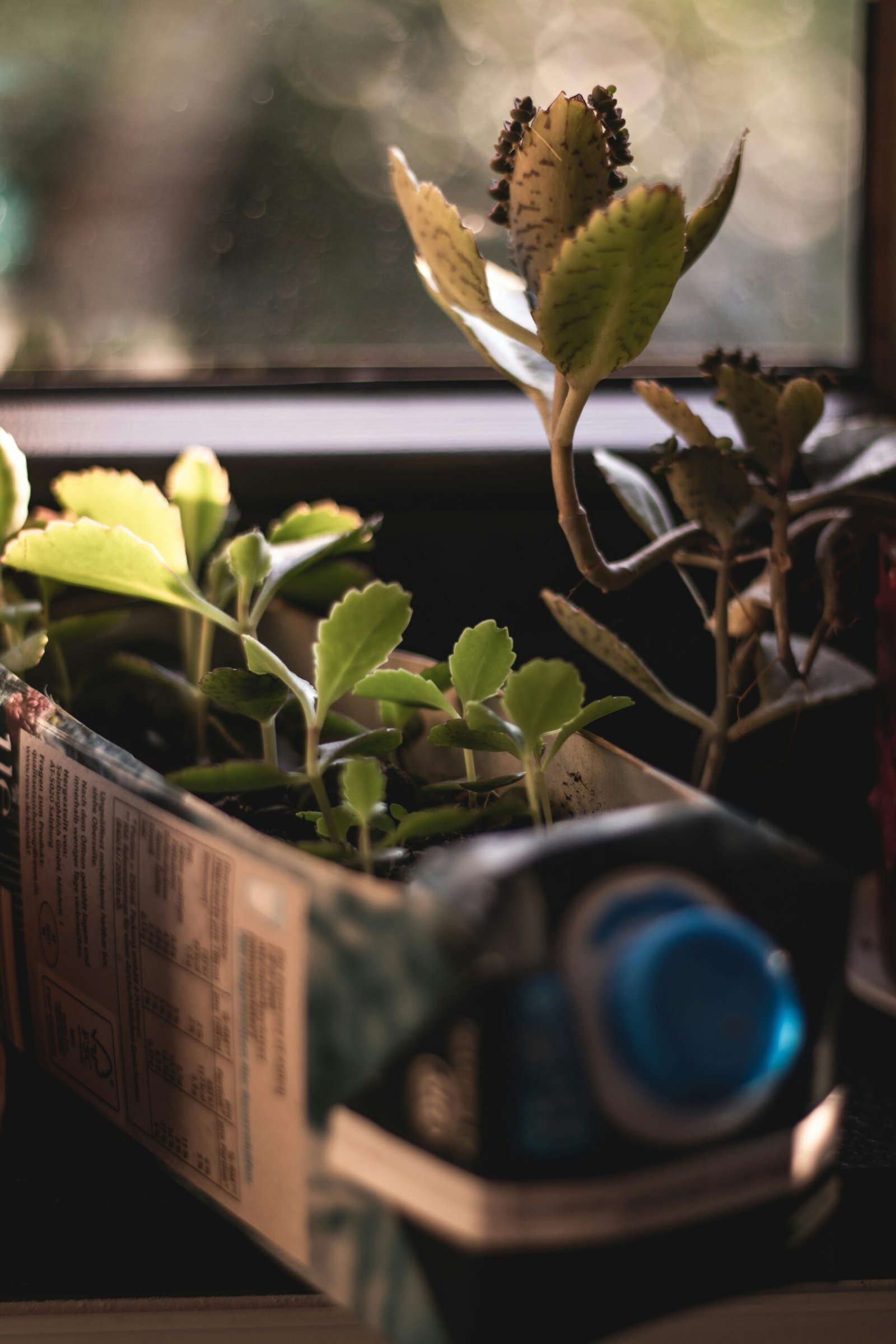Transforming Fashion Waste: The Power of Upcycling

Introduction
In today’s fast-paced consumer culture, the fashion industry has a significant impact on the environment. The production of clothing consumes vast amounts of resources and contributes to pollution and waste. One way to combat this issue is through upcycling old clothes. Upcycling is the process of transforming discarded garments into new, valuable items. By repurposing and reimagining old clothes, we can reduce fashion waste and create unique and sustainable fashion pieces.
The Benefits of Upcycling
Upcycling old clothes offers numerous benefits for both individuals and the environment. Here are some of the key advantages:
1. Environmental Impact
By upcycling old clothes, we can significantly reduce the amount of textile waste that ends up in landfills. According to the Environmental Protection Agency, over 11 million tons of textiles were discarded in the United States alone in 2018. By repurposing these garments, we can minimize the environmental impact associated with textile production and disposal.
2. Creativity and Personal Expression
Upcycling allows individuals to express their creativity and personal style. By transforming old clothes into unique fashion pieces, we can create one-of-a-kind items that reflect our individuality. Whether it’s adding embellishments, altering the design, or combining different fabrics, upcycling provides endless opportunities for self-expression.
3. Cost-Effective
Upcycling old clothes can also save us money. Instead of buying new garments, we can repurpose what we already have. With a bit of creativity and basic sewing skills, we can turn outdated or worn-out clothes into stylish and trendy pieces without breaking the bank.
4. Reducing the Demand for New Clothing
By upcycling old clothes, we can reduce the demand for new clothing, which in turn reduces the need for resource-intensive production processes. The fashion industry is known for its high water consumption, chemical usage, and carbon emissions. By extending the life of our garments through upcycling, we can help minimize the negative environmental impact caused by the production of new clothing.
How to Upcycle Old Clothes
Now that we understand the benefits of upcycling, let’s explore some practical tips on how to transform our old clothes into treasure:
1. Assess Your Wardrobe
Start by assessing your wardrobe and identifying items that are no longer worn or have minor damage. Look for garments with interesting fabrics, patterns, or textures that can be repurposed into new creations. Remember, upcycling is all about giving new life to old clothes.
2. Get Inspired
Before starting your upcycling project, gather inspiration from various sources such as fashion magazines, social media, or upcycling blogs. Take note of the latest trends and innovative upcycling ideas. This will help you envision how you can transform your old clothes into something unique and fashionable.
3. Plan Your Upcycling Project
Once you have chosen the garments you want to upcycle and gathered inspiration, it’s time to plan your project. Consider the design, alterations, and additional materials you may need. Sketch out your ideas or create a mood board to visualize the final result.
4. Learn Basic Sewing Skills
Basic sewing skills are essential for upcycling old clothes. If you’re new to sewing, consider taking a beginner’s sewing class or watching online tutorials. Learning simple techniques such as hemming, sewing buttons, or attaching patches will open up a world of possibilities for your upcycling projects.
5. Start Small
If you’re new to upcycling, start with small and simple projects. For example, you can turn an old t-shirt into a trendy crop top or transform a pair of jeans into shorts. Starting small allows you to practice your skills and gain confidence before tackling more complex upcycling projects.
6. Experiment and Have Fun
Remember, upcycling is a creative process, so don’t be afraid to experiment and have fun. Mix and match different fabrics, add embellishments, or combine various garments to create unique and personalized fashion pieces. The possibilities are endless, so let your imagination run wild!
Conclusion
Upcycling old clothes is not only a sustainable solution to fashion waste but also a way to express our creativity and individuality. By repurposing and transforming our old garments, we can reduce our environmental impact, save money, and contribute to a more sustainable fashion industry. So why not give upcycling a try and turn your fashion waste into treasure?






